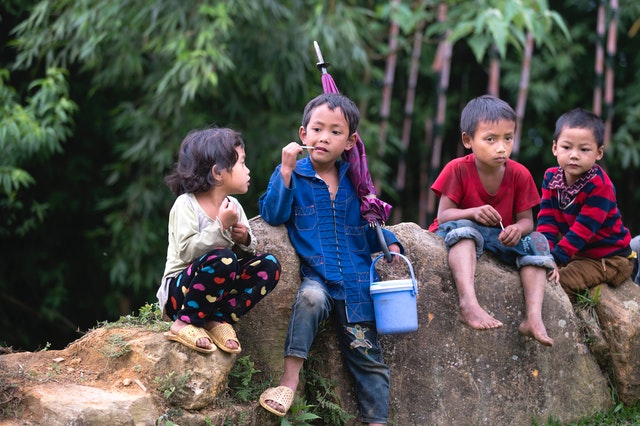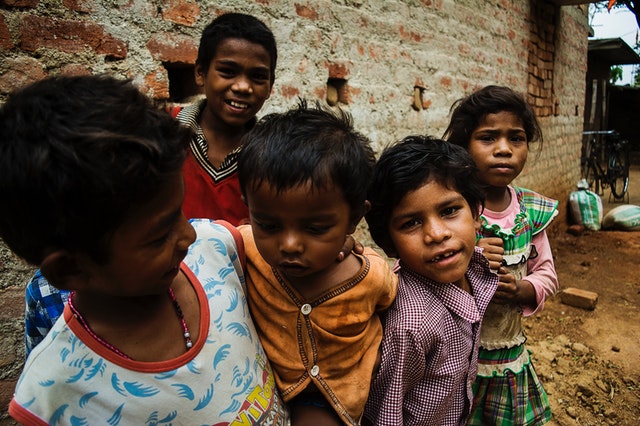An education can set a child free from poverty in adult life. To gain an education children first need to attend school and then be given the opportunity to learn Kids life Foundation but it is also allowing the children to attend school and to be educated:
education will empower our students to use this skill to accomplish tasks in daily life as well as to acquire new skills from the digital platforms. This will ultimately help them to evolve themselves in a more competitive human resource.
The initiative aims to empower the next generation through the Digitalization of Schools, spreading light into the lives of underprivileged childrenwith the tools they need allows them to envision a future they never saw possible
Project Details
-
Starting Year : 2015
-
Current Status : Ongoing Project
-
No of Beneficiaries : 500 underprevileged Students
-
Funded By :
Our privileged Donor
-1657607512.jpeg)
The coronavirus pandemic has brought about several challenges to the country – access to education was one of them. Schools were shut, and education came to a standstill for many children from underprivileged backgrounds in urban and rural areas.
While “e-Learning” or online classes became indispensable for many children in urban areas, schools and children in rural areas had to face many challenges as they had no access to education. It was a combination of factors – lack of technological know-how, access to hi-speed internet, low digital literacy, unavailability of steady power supply and, most importantly, lack of electronic devices.
Every Child Has The Right To Learn `
Digital-driven solutions
We have two choices: First, sit back and watch. Second, act. If we choose the latter, it is the time to think for out-of-the-box solutions. If schools fail to accommodate the children, can we break the walls, as it were? If we don’t have more teachers, can we set up a system where one teacher can effectively teach more children?
We need to redefine our education system in rural India. We need to work on creating a different kind of infrastructure, and we need to invest in building teaching capacity, but not by sticking to conventional training methods. We have to leverage innovation in technology in order to deal with the numerous factors that can fail us in ensuring education for our coming generation in the post-Covid world.
But this is easier said than done. It requires fast-tracking the growth of the digital communications infrastructure in rural India, bridging the digital divide and, most importantly, creating a free learning platform where we track the progress of each child rather than just making content available through TV or YouTube. Learning is not a process that starts or ends with content.
Besides this, we need to equip teachers with multimedia tools to allow them to simultaneously teach hundreds of children remotely across several locations, which will help address the shortage of teachers in these schools. Digitalisation of education through well-thought out interventions is the only way forward, and if we do it systematically, it can address various problems ailing the education system of the country.
And this requires preparing one of the largest workforces — the teachers — to attempt something they have never done before: Using new, innovative teaching methodologies and tools. We cannot wait for the pandemic to peter out before we begin doing that, because time does not wait for anyone.
Write us for more information on donations
Each donation is an essential help for everyone's life

